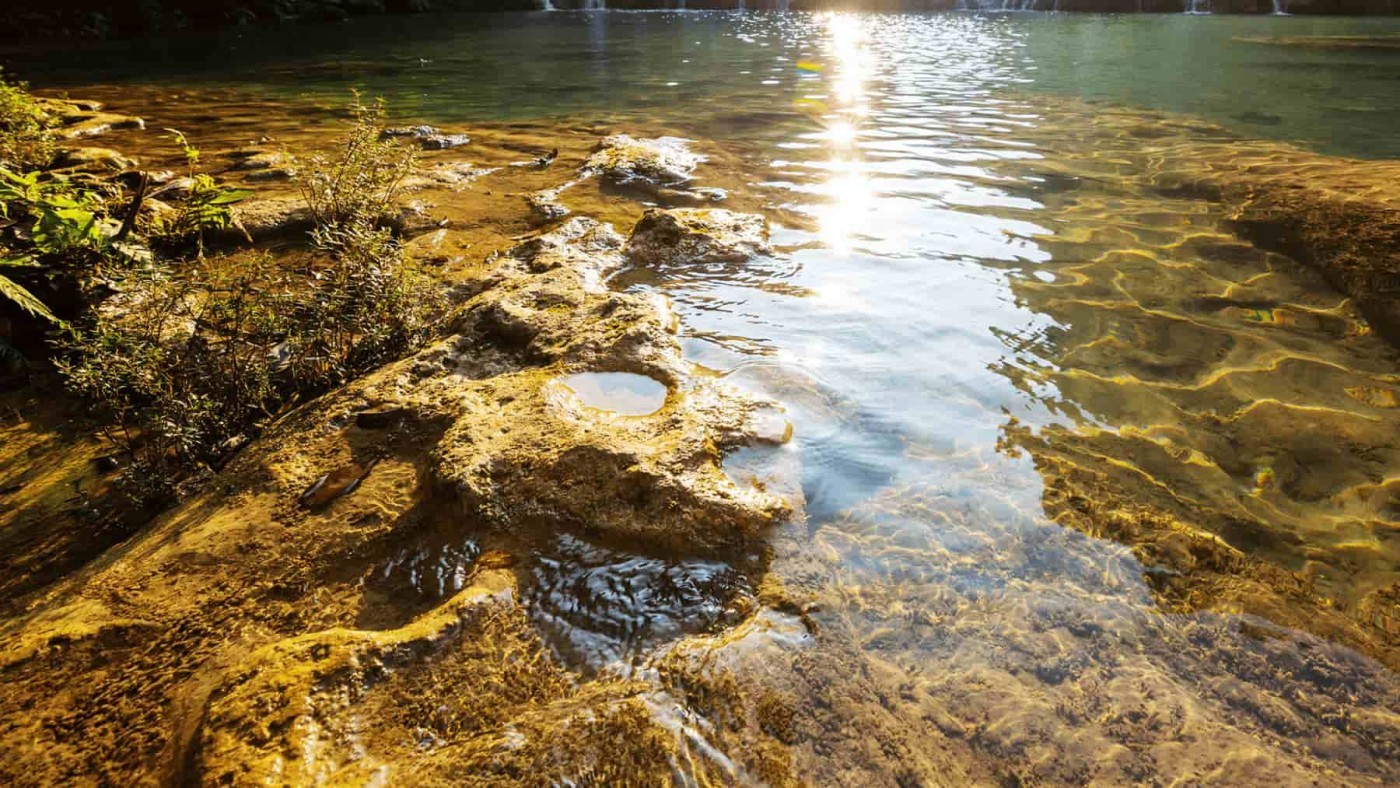As we face the COVID-19 pandemic and its severe impacts, we realize just how important it is to safeguard our health. One of our primary needs is clean, safe drinking water. And, while we adapt to current pandemic conditions in 2020, we are reminded of another public health tragedy that struck one of our communities twenty years ago, and we reflect on the vast improvements made since then.
In May 2000, a municipal well in Walkerton became contaminated with a deadly bacteria. Seven people including a child died due to the contamination, and many residents were left with severe long-term illnesses.
The Government of Ontario established a public inquiry into the drinking water tragedy, led by Justice Dennis O’Conner. He developed 121 recommendations that became the building blocks of today’s multi-barrier framework for drinking water protection in Ontario. It includes the Safe Drinking Water Act (2002), Clean Water Act (2006), and other measures.
Twenty years have passed since the Walkerton water tragedy. There is much we have learned and accomplished since then. And yet, there is much to do. We know that protecting our drinking water is a vital and shared ongoing responsibility – and it starts right at the water source!
In Ontario, the Clean Water Act (2006) protects sources of municipal residential drinking water systems; other types of systems may be included too. The legislation established 19 multi-stakeholder, decision-making source protection committees including municipalities, and 38 source protection authorities comprised of Ontario’s conservation authorities, the Severn Sound Environmental Association, and the Municipality of Northern Bruce Peninsula.
Working together on a watershed basis, these groups developed local source protection plans containing more than 12,500 policies that protect municipal drinking water sources of:
- Over 900 groundwater wells
- Over 70 Great Lakes intakes
- Over 60 inland lakes intakes
- And, 13 Lake St. Clair and St. Lawrence River intakes.
Around two-thirds of the policies are implemented by municipalities, close to one-third by provincial ministries, and the rest by conservation authorities and others. Every year, policy implementers report on their progress to source protection authorities. Significant milestones include:
- Over 1000 risk management plans established
- Over 5000 septic systems inspected
- Over 900 road signs installed to identify drinking water protection zones.
Through the Safe Drinking Water Act (2002), municipalities provide safe, clean treated drinking water to 85% of Ontarians as part of the multi-barrier approach. The Government of Ontario conducts regular inspections of the water treatment plants. Trust the Tap!
Our work continues, as we face both ongoing and new challenges. We are living in a changing climate that exacerbates environmental conditions. Frequent floods impact life and property, and compromise water quality. In some parts of Ontario, water supply is affected by droughts. Many First Nations communities suffer from drinking water advisories. Emerging contaminants like microplastics and certain chemicals used in firefighting foam are becoming a concern.
The watershed must continue to be the basis by which we manage and protect our sources of drinking water in Ontario, to help avoid water tragedies. To effectively protect both existing and future water supplies, watershed management must be applied. This includes watershed-wide monitoring for the early detection of water quality and supply problems.
Watershed management helps us face climate change and other challenges, while effectively supporting growth and development. It is applied in many parts of Ontario, but is needed for all of our communities. Watershed management is a preventative measure, just like physical distancing measures prevent the spread of COVID-19.
In Walkerton, a waterfall memorial stands dedicated to the victims of the water contamination tragedy. It is a stark reminder to all of us about the crucial need for proper water management. This year, in 2020, we commemorate Walkerton and renew our commitment to protecting drinking water sources for the generations to come.
Author: Conservation Ontario Staff
TO LEARN MORE ABOUT THE NIAGARA SOURCE PROTECTION PROGRAM, CLICK HERE.

